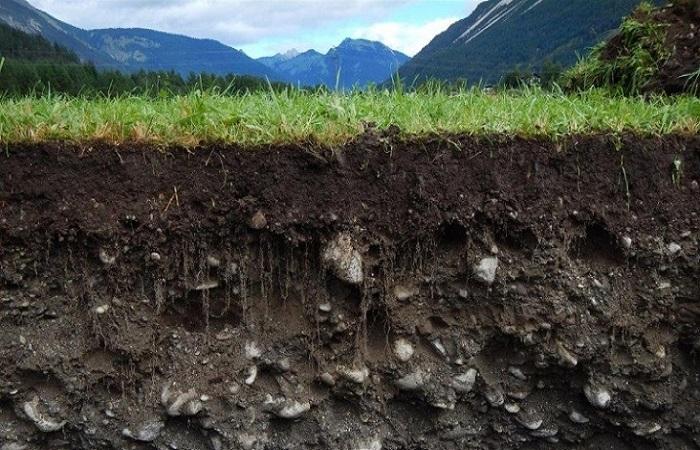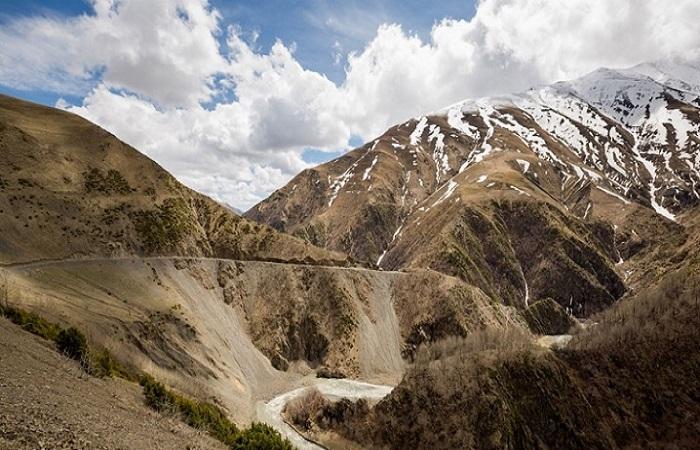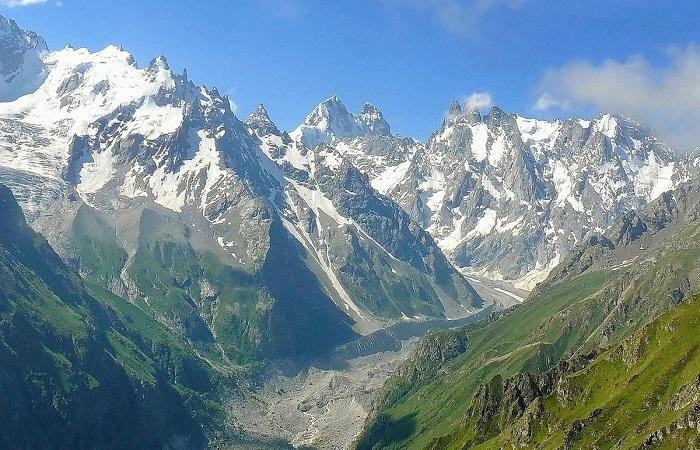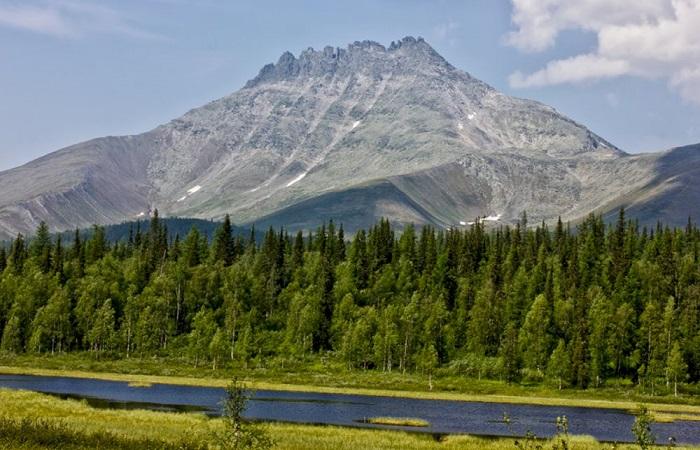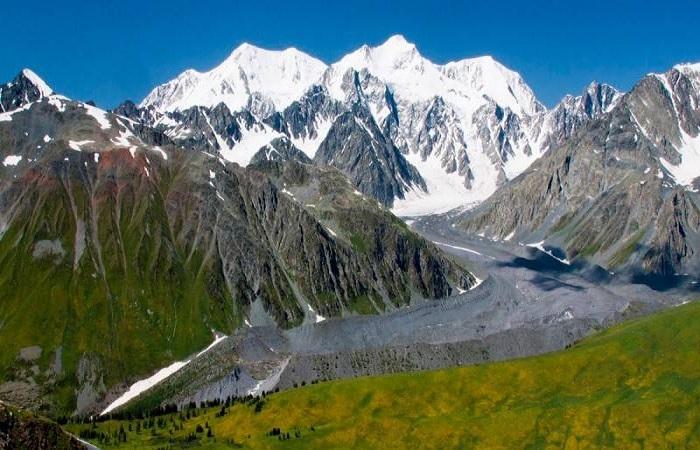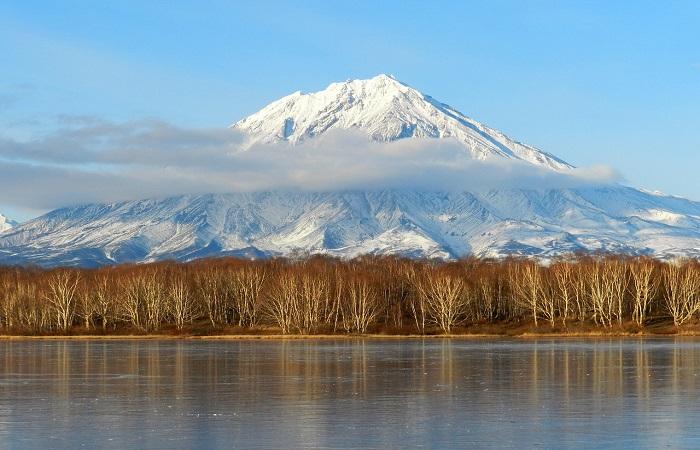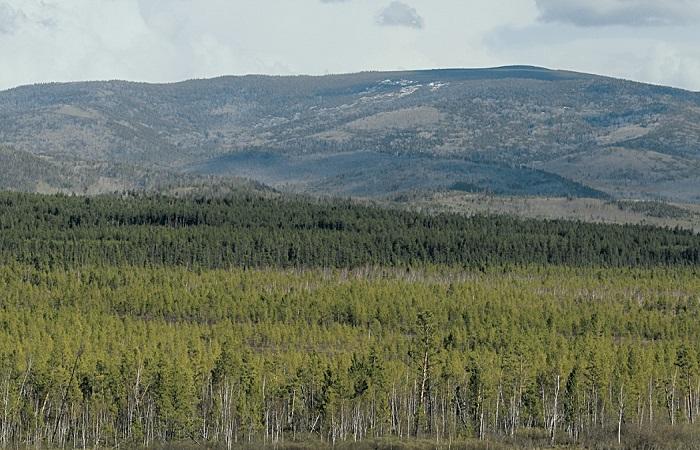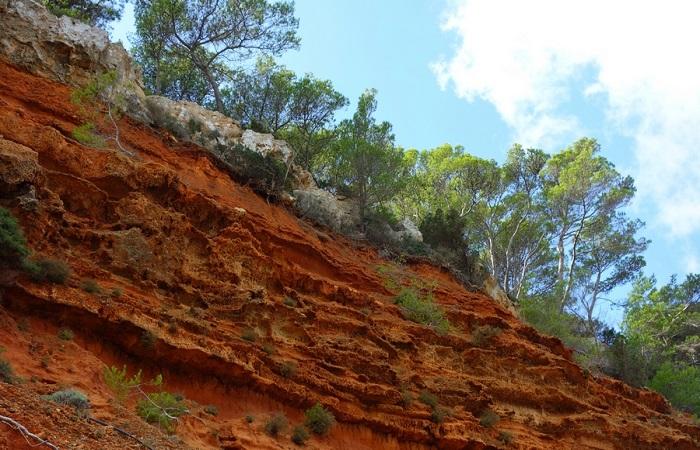Mountain soil types are widespread. This type of soil is characterized by certain features. However, it has limited agricultural use. This is due to the location and composition of the land. In such areas, vineyards and some fruit trees are mainly planted. It is important to take into account that mountain soils have many varieties.
Features of mountain soil types
Mountain areas are characterized by different types of soils, each of which has unique properties:
- Mountain-tundra - formed in the subnival zone. They represent the highest link in the system of altitudinal zonation of soils. The distinctive features of their appearance are the predominance of low temperatures, a short growing season, and thick snow cover that persists for a long time. In such conditions, problems with the development of higher vegetation are observed. Therefore, mosses and lichens mainly grow in such soils.
- Mountain-meadow - formed on leached weathering products of dense rocks. They occupy the peaks and upper sections of ridges and mountains of various exposures. The climatic conditions for the development of such types of soil are characterized by a large amount of precipitation. They reach 1000-1500 millimeters per year. The vegetation is dominated by subalpine and low-grass alpine meadows.
Mountain meadow lands have 2 main varieties - alpine and subalpine. The first group is distinguished by a peculiar dry peat horizon, the thickness of which is 1-2 centimeters. This is the key difference from other types of mountain meadows. Compared to subalpine soils, alpine soils are more acidic, less saturated and have a lower cation exchange capacity.
The formation of subalpine soils is observed below the alpine belt. These zones are characterized by a milder climate. Plants that belong to such meadows reach a height of 60 centimeters. Their roots are considered more powerful and penetrate the soil better.
The main difference between subalpine soil and alpine soil is the absence of a dry peat horizon and a softer humus composition. It contains a smaller amount of slightly humified residues.In addition, this type of soil has a greater humus profile. Subalpine lands are characterized by less acidity. They have a higher cation exchange capacity and are well saturated with bases.
Factors in the formation of zoning
The characteristics of the soil are influenced by various factors - climatic features, relief, age, vegetation, animals. To a greater extent, such lands are distributed on the slopes of the highest parts of mountain ranges, which belong to the polar and boreal zones. The formation of soils occurs on crushed eluvium and eluvial-deluvium of dense rocks. They may differ in composition and origin.
Typically, mountain soils do not form a continuous soil cover. They alternate with rock outcrops, scatterings of stones, and forests.
Soils of individual regions
The composition of the soil may vary depending on regional characteristics. This should definitely be taken into account when analyzing its composition and structure.
Caucasus Mountains
This mountain system is distinguished by a clearly defined vertical zonation and a gradual increase in continentality and dry climate from the western to the eastern part. In the south, the Caucasus Mountains are distinguished by the distribution of black soils, which to the east give way to chestnut lands. But the main part of the massif is occupied by brown soils.
Ural Mountains
These mountains occupy several geographical zones at once - boreal, polar, subboreal. The Polar Urals are characterized by coarse humus lithozems. Small areas of podzols and podburs are also observed.
Mountain regions of Siberia and the Far East
The soils of Siberia and the Far East have been studied rather poorly. The mountain ranges of the north are characterized by 2 altitude zones. These include mountain tundra and northern taiga. The components of the soil cover depend on many factors - geological structure, slope steepness, orographic structure.
Podburs dominate in Central Siberia. This region is also characterized by gravelly soil types. They are replaced by cryozems and outcrops of dense rocks. In the North-East of Siberia there are field soils. On the northern slopes of the taiga belt, cryozems predominate.
Mountains of Sakhalin and Kamchatka
In the north, there are sparse larch forests that grow on peat-gley soils. Also in these regions there are raised sphagnum bogs. To the south there are spruce-fir forests that grow on brown taiga soils. The southwest is characterized by mixed forests, in which there is an admixture of broad-leaved trees. Brown forest soils predominate in this zone.
Mountain regions of the Baikal region and Transbaikalia
The composition of the soil cover in these regions is considered to be very uniform. Lithozems are found here. Loaches are present at the highest points.Combinations of podburs and podzols are also observed in the larch taiga and a small amount of cryozems.
In the birch-larch taiga, turf metamorphosed types of soils are observed. The valleys of large rivers are occupied by cryptogleyic chernozems, which have permafrost features in their profiles.
Agricultural Application
Mountain lands are characterized by limited agricultural use. This is due to their inaccessibility, increased rockiness, and the threat of mudflows and landslides on large mountain slopes. Most often, the soils of mountainous regions are used as grassland and hayfields.
In those places where the relief features allow, the soil can be used in agriculture. Brown soils and mountain yellow soils make it possible to grow gardens and vineyards.
Mountain forests, which include tree and fruit species, are also highly valuable. These include pistachios, walnuts, and apple trees. On mountain gray soils you can grow cereal plants that are resistant to drought.
Mountain soils have unique characteristics. They have many varieties, which are characterized by different composition and structure. At the same time, this type of soil is rarely used for agricultural purposes, since it has complex terrain and inaccessibility.

